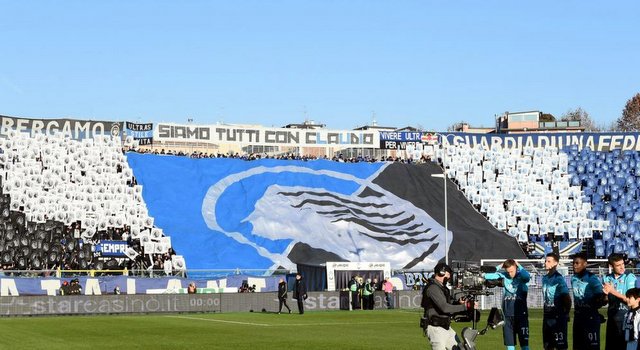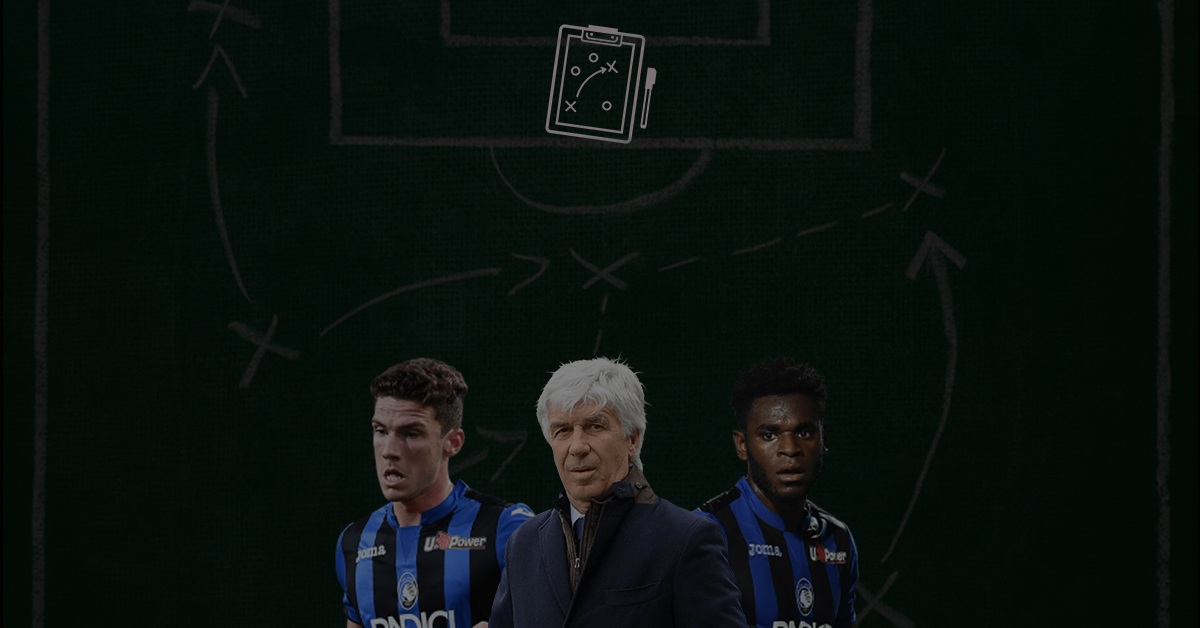It is said that La Dea– the Goddess Atalanta herself lives in the mountains of Bergamo, looking after the town and providing her blessings to the town folks. Situated in the heart of Lombardy, Bergamo has a deep connection to the old Celtic tribes who first moved into the region. The Bergamo faithful still to this date carry that Celtic blood in them. An industrial town, Bergamo is the heart of the construction and infrastructure industry of Italy. The town derives it’s spirit from the Greek Goddess-Atalanta (which translates to ‘equality’ from Latin) who grew out to be an able hunter and runner- known through her tales of Calydonian boar hunt, Argonauts and their hunt for the Golden Fleece.

The spirit of the Goddess resonated in the town. It is channelled perfectly by the football team situated at the heart of the city and every citizen. Named after the Goddess herself- Atalanta BC is at the lips of every football fanatic in recent times. Their playing style depicts the character of the Goddess herself- an able runner (given how Atalanta plays a high tempo football and cover every blade of grass on the pitch) out in the wild to hunt the mighty boars by the use of her will and wits (given how strategically the club is run in modern day and competes at top level with a lesser wage budget than many clubs in English Championship- the SECOND tier of English football pyramid).
Rise of the Goddess to the top
Atalanta BC was founded by high school students of the town in 1907. The ethos on which the football club was founded was to inculcate the importance of physical exercise in the youth- the ethos which club has followed throughout its existence. The club is known as the ‘factory’ among the followers of Calcio due to their work done in developing youth players through their famed youth system. Historically, the club struggled in the 2nd division of the Italian football pyramid throughout the 1920s and 1930s but they achieved a historic promotion to Serie A in 1937. They came crashing down to newly structured Serie B after just one season. But they built a core of players which came from the youth ranks and again achieved the promotion in 1940- this time winning Serie B. 1940s proved to be a great decade for an underdog team which even drew comparisons to Grande Torino– the famed Torino side which won laurels in 1940s.
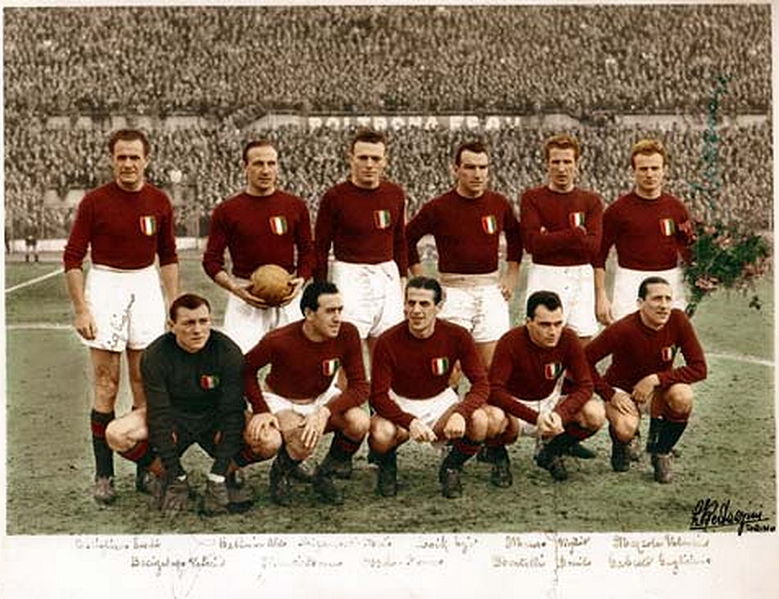
By this time, Atalanta had become a regular in first division- achieving a club high position of 5th in Serie A during the 1947-48 season. The 1950s also saw the same upward rise but a false match fixing allegation saw the club get demoted to Serie B and a points deduction. But against all the odds, the team won the Serie B title- resonating the undying spirit of the Goddess and the town folks itself. This promotion was the start of yet another journey for this budding club. The highest point in this journey was winning the Coppa Italia title in 1963- defeating Torino with a score line of 3-1. This victory ensured the first and only title in the club’s history. The victors of 1963 again consisted of a core made up of players who came up from the youth ranks. From here, the club could not sustain this rise and it went in a downward spiral throughout the 1970s- becoming a yo-yo club, shuttling between Serie A and Serie B. Even in this period, the club didn’t stop investing and putting it’s trust on the youth. The lowest point in club’s history came at the start of 1980s when the club suffered the ignominy of relegation from Serie B- dropping to Serie C1 in 1981. Despite playing in lower divisions- the club churned out players who eventually became the core of the Azzuri– Italian National team which enjoyed the spoils of victory in 1982 FIFA World Cup.
his trust in youth did pay off when the club dug its way out from the depths of lower division and looming bankruptcy and reached back to the promise land- Serie A in 1984 where they again stayed for 3 seasons before suffering a relegation in 1987. A series of dismal performances in 2nd phase of 1986-87 season saw the club crashing down but a fairy tale run in Coppa Italia saw the club 180 minutes away from glory. Only one team stood in their way- Napoli led by the God himself, Diego Maradona. It was the battle of 2 Gods in Coppa Italia but the rejuvenated Napoli side spearheaded by D10S himself saw the club win a historic double- Serie A and Coppa Italia. With Napoli winning the Serie A and ensuring a place in European Cup (precursor to UEFA Champions League), a relegated Atalanta side became eligible to play in European Cup Winners Cup. This young team again made history, reaching the semi finals of the competition while playing in 2nd division, the highest position a team playing outside of top division has achieved in the history of all UEFA Competitions. Atalanta suffered a 4-2 defeat to Belgian side KV Mechelen who would go on to win the competition. The club immediately won the promotion to Serie A and a 6th place finish in the 1989-90 season saw the club reach UEFA Cup for first time in club’s history. Another fairy tale run in European competition followed in 1990-91 UEFA Cup where they reached Quarter Finals of the competition. They were eliminated by the eventual winners and their local rivals- Inter Milan.
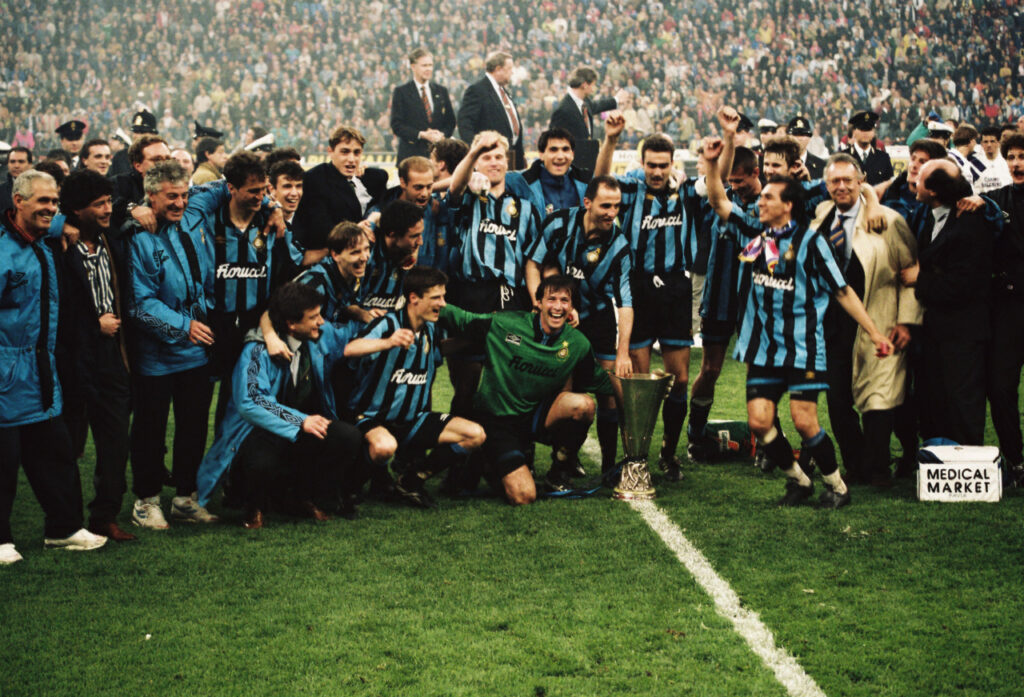
The rise in fame of Italian football during 1990s saw Atalanta shift from their policy of inculcating youth players in senior team and they tried to go towards the path of glory- buying expensive stars which eventually backfired and saw the club suffer from various relegations and promotions during the 1990s and 2000s. The best moment during this tumultuous period was a local Filippo Inzhagi winning capocannoniere (Serie A’s top scorer award) during 1996-97 season and another cup final appearance in which they lost to Fiorentina, led by the mercurial Gabriel Batistuta.
2000s also saw the same trend of yo-yoing between first and second division. Changing players and coaches without giving them ample chances saw the club incur a massive financial strain which eventually led to local entrepreneur and ex- Atalanta player Antonio Percassi take over the reigns of the club in 2010.
Percassi hit a reset button- bringing the old ethos on which club was built upon and tried to mend the wrongs of the past. He believed in long-term stability and glory over short term gains. After winning the promotion to Serie A in 2011, the club worked towards building a stable foundation to work upon in the near future without compromising on the principles on which the club was carved out. Being a local, boyhood fan and ex-player, Peracassi understood what the club means for the people of Bergamo and what Bergamo as a town means for its people and the club. Peracassi started many welfare programs with the club, helping to mend the past bruises and re-building the relationship with the community and the Ultras- who are known throughout Italy for their notoriety.
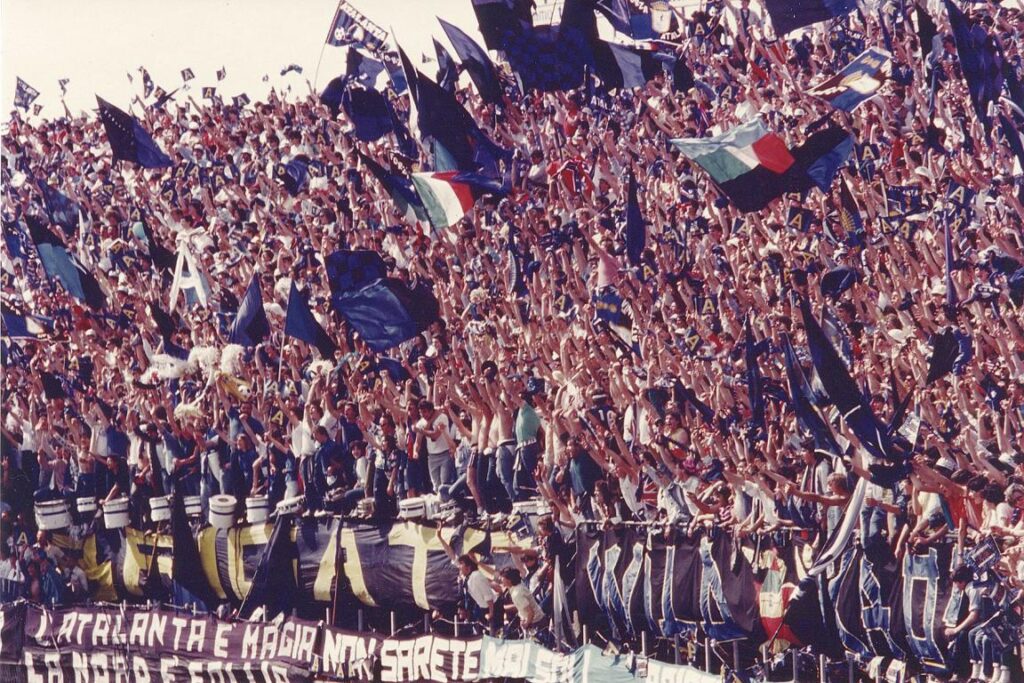
It is known that whenever a new child takes birth in Bergamo, the club personally delivers a jersey for the newborn- taking ‘Teach them young, teach them right’ motto to another level. Like a phoenix, the club was rising from the ashes- reborn with a new ambition and purpose. This was just the beginning of another fairy tale. It wouldn’t have been possible without the hard work of the fans, the president and the coach- Mister Gasperini.
Gian Piero Gasperini: Manager Profile
The 63-year old enjoyed a fairly successful playing career, coming from the youth ranks of his boyhood club-Juventus and playing with the likes of Paolo Rossi and Sergio Brio in the Primavera squad. He never made an appearance for Juventus but he played for Serie B sides- Reggiana and Palermo, with whom he reached the Coppa Italia final in 1979. A fairly successful career with Palermo saw him move to Pescara and play in Serie A from 1985 to 1990. After retiring in 1993 at the age of 35, Gian Piero pushed to become a coach.
One year later, he was at Juventus again, this time starting his career as a coach with the Bianconeri. He managed all possible age groups in the youth system of Juventus, right from U14 to the Primavera (U-20) squad. In 2003, he left Juventus to start his career as a manager- taking over a young Crotone squad which was playing in Serie C1. In his first season, Gasperini won the promotion to Serie B via play-offs. He stayed for 2 more years with the Crotone side- pushing above their weight in 2nd division.
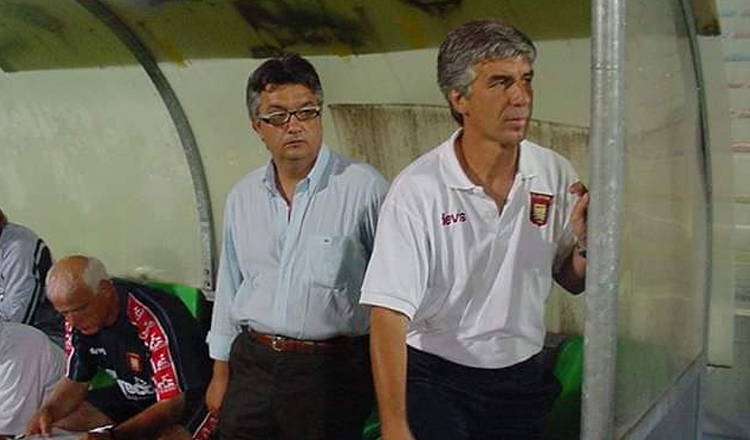
In 2006, he joined Genoa who were also struggling in 2nd division, pushing hard to win a promotion. In his first season with the Rossoblu, Gasperini won the promotion with Genoa, thus foraying into Serie A as a manager. In 2008-09 season, Genoa combined shrewd signings with Gasperini’s penchant of pushing his players to perform above their capabilities which resulted in the club finishing 5th in the table, missing out on a potential Champions League qualification due to an inferior goal difference (Fiorentina hence qualified after finishing 4th). This was the club’s best ever finish in 19 years. Gasperini re-launched the careers of a certain Thiago Motta and Diego Milito, both of whom were then snapped up by Inter Milan and became core members of a treble winning squad. Gasperini’s achievement earned him rave reviews from even the elite managers and comparisons with the Great Zdenek Zeman were also there because of some similarities in their management styles, building tactical systems according to the best output of players present and playing a rather expansive, high tempo football focusing on overloads from wide areas.
There were even murmurs that the Great Scot- Sir Alex Ferguson also looked at Gasperini as his replacement at Manchester United. His glorious time with Genoa eventually came to an end and Gasperini embarked on a new adventure- joining Inter Milan. But with lofty ambitions of the club and Gasperini’s rather patient and long-term stability thinking didn’t align After a series of bad results, he was relieved from his duties.
Gasperini then took the reins of a struggling Palermo where he helped them provide some stability. Highlight of his short stint at the Sicilian side (this time as a manager) has to be consistent performances of their captain and legend- Fabrizio Miccoli giving great goal scoring returns which also earned him a callup to the National team, 9 years after his last call up and cap for the Azzuri.
In 2013, Genoa again sought Gasperini’s services. His second stint at the club wasn’t as successful as the first stint but he brought a much-needed stability to the side which was struggling both on and off the pitch, providing them with an identity on the pitch.
With Atalanta looking for a manager who can take them one step further after building a stable foundation in the last 5 years, they turned their eyes to Mister Gasperini in what was the beginning of a romantic story- full of ups and downs.
Gasperini’s personnel was not merely turned into gold in an instance. Instead, the manager’s biggest feat was to create a consistent and successful game model imprinted upon the virgin goddess Atalanta’s virtues, the same virtues on which the football club was existing- the same virtues on which the entire town has survived.
Fearlessness, a by-product of the wilderness the goddess was bred in.
Speed, an essential quality of every one of her quests, such as when she challenged her suitors to a foot race, confident in being able to outrun each and every one of them.
Survival instinct, manifested in the knack for hunting that Atalanta inherited from the bear that suckled her from birth, and that she later perfected after being found and nurtured by hunters.
Atalanta: Tactical Analysis
“I posted a picture of a wolf pack in the changing room. There are wolves at the front, some in the middle and one at the back. The ones up front can set the pace in the beginning. The next wolves are the strongest, they are the ones who must protect everyone if they are attacked. The ones in the centre are always protected.
“Then there are another five strong ones further back to protect an attack from there. The last one is the boss and he ensures no one is left behind. He keeps everyone united and is always prepared to run everywhere; to protect the whole group. The message is that a leader doesn’t just stay up front; he takes care of the team and this is what I want from my players.” This is how Gasperini has managed this Atalanta side, not just tactical drills but also instilling that mentality in the players. “Defending makes you invincible, but if you want to win, you must attack.’- Gasperini once quoted the Art of War proverb to his team in one of the training sessions, which are said to be so intense that match days eventually just feel like a holiday. Gasperini doesn’t like players who don’t work hard, in his words- he is scared of those players; for the players need to struggle; from those struggles the victors are born.
Tactically, Gasperini is known for using a fluid 3–4–3 formation and a spectacular high-risk hyper-offensive-minded possession-based system, which relies on the versatility of his midfielders and front line. His team’s playing style places more focus on scoring goals, off-the-ball movement and quick, short passes on the ground, and less focus on long balls and the defensive aspect of the game. As such, at times his trademark 3–4–3 system resembles a 3–4–1–2, 3–2–4–1, 3–5–2, or 3–4–2–1 formation, with energetic overlapping attacking wing-backs in lieu of wide midfielders, that provide width along the flanks and push up the pitch when going forward. They make a 3-2-3-2 shape during the build-up phase, building passing triangles and creating overloads in the required area of the pitch where numerical advantage is needed. He has also been known to use a 4–3–3 or 4–2–3–1 on occasion.

The 3-2-3-2 shape makes it easy for Atalanta to create space through rotational play. The players are close to one another, and know that their rotations are based on the shape of the diamond. Therefore, it gives structure to their rotations. Where Atalanta truly excel with these diamonds is when they are anchored by one of their three centre-backs, and it allows their attacking midfielder with an option to drift in the middle of the pitch and rotate into the diamonds to create a 5 v 4 in these areas. From this position as an attacking-midfielder, the player should always be available to sustain a forward phase of play by dropping into the diamond where needed.

When defending off the ball, his teams are also known for the use of heavy pressing, but also apply elements of fluid man-marking across the entire pitch and often switch to a 5–4–1 or 5-3-2 formation defensively. They try to outnumber their opponents at all times and win the ball as quickly as possible.


Gasperini favours using hard-working and highly physical two-way players in midfield rather than a deep-lying playmaker, but also quick, talented, technical, diminutive, slender, elusive, and creative players upfront, in order to implement his system effectively; he has also been known to use a larger and more physical centre-forward upfront on occasion, who is good in the air.
While this kind of playing style has been successful for Gasperini at Genoa and now Atalanta, Gasperini has also attracted the criticisms of pundits if he can actually manage an established footballing giant with his current set-up (which he can but due patience is needed from the top authorities).
Since the players always try to follow the ball, the defensive shape often gets disoriented and gaps are formed. These gaps are exploited by creative and intelligent players. They play a high block, with balls over the top of their relatively slow defenders causing them problems. Players need to stay at their concentration peak and the highest levels of mental and physical state throughout the whole match as one lapse can collapse their system.
And that is where the club comes. Atalanta have roughly relied on the principles of ‘Moneyball’- finding undervalued players who statistically were at par with many established players but went under the radar and honing them under Gasperini’s management. Other than this smart recruitment where they scouted the central European countries and Scandinavia where teams usually followed the principles on which Gasperini set up his tactics, Atalanta and Gasperini also relied on the youth academy and a highly structured loaning system where they closely monitored the activity of players to either sell for a profit or integrate in first team.
Despite selling many of their key players over the years, Atalanta have made a hefty profit and have spent in a sensible manner in which their running cost also hasn’t impacted their financial security and has kept them equally competitive.
Rise of the Goddess to the top (continued)
A poor start to his Atalanta reign almost saw him get relieved from duties but a series of crucial victories against AS Roma and SSC Napoli bought Gasperini some added time. But this added time was enough for his players to get accumulated to a change in system which eventually saw Atalanta finish 4th in the table, their highest ever finish since the 1947-48 season and qualification for UEFA Europa League, 26 years after they last played in Europe. The 2017-18 season saw Atalanta wreak havoc in Europe- getting 6/6 wins in Europe in the group stage which consisted of Lyon, Everton and Apollon Limassol. They took the fight to Borussia Dortmund in Round of 32 who were among the favourites to reach the final of the competition. A 7th place and semi final appearance in Coppa Italia capped off a successful season for the ambitious Atalanta side. 2018-19 also started very well and Gasperini took them to 3rd place in the table with a final appearance in Coppa Italia- losing to Lazio in the end. This was the best finish in the club’s history, making the club eligible to play in UEFA Champions League for the first time in club’s history.
Despite losing some key players and utilising the newly revamped loan system to raise money- Gasperini’s side made many shrewd signings along the way who didn’t take a lot of time to get settled- raising money, keeping the investment and wage budget in check and not losing their competitive edge. The 2019-20 season also started in the same fashion- a juggernaut Atalanta side stomped the yard in Italy, scoring a lot (conceding a lot also)- very different from the stereotype of football in Italy being ‘defensive’. In Champions League, Atalanta was making their debut against Manchester City, Shaktar Donestk and a rejuvenated Dinamo Zagreb- then spearheaded by present day RB Leipzig talisman Dani Olmo, who really gave the Bergamo based side a lot of trouble in Atalanta’s debut match- which they lost 4-0. Not the start the Italian side expected. Next up was the trip to Manchester, another 4-0 drubbing and the dream of progressing from group stage was at the stage of shattering.
But did I tell you that this team was blessed by the Goddess and possessed the wrath of the same? When everything looked against them, they fought back and did they conquer? Yes. They somehow qualified from the group stage by securing 2nd place with a massive victory against Dinamo Zagreb. San Siro was roaring (since Atalanta’s Gewiss Stadium didn’t meet UEFA’s expectations). Right at the stadium of their arch rivals, this young side was celebrating a massive victory in the Champions League. Next up was Valencia- then led by Marcelino.
Boy, did this Atalanta side dismantled the slight favourites in this tie at San Siro! A 4-0 drubbing saw a packed San Sir erupt in joy. The eruption in Bergamo was even more massive than the one witnessed in Milan. But it was February 2020. The Atalanta-Valencia match proved to be the ground zero for the spread of Covid-19 in Lombardy. The tears of joy soon turned into the tears of sorrow as Bergamo was badly hit by the virus.
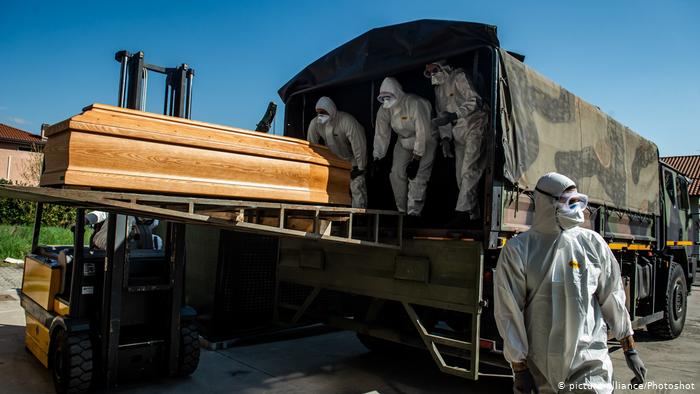
The army was deployed on the streets of Bergamo, which a few days back were resonating with the sound of the club’s anthem, were now full of the sound of ambulance sirens- to help carry the ones who could not survive the scare and provide them a dignified burial. In this time of sorrow, the football club kept everyone together and stepped up when it mattered the most. A resounding 4-3 victory in Valencia in an empty Estadio Mestalla saw the debutants reach the quarter final before football was halted worldwide (just like various other activities). The club was at the pinnacle in it’s 113-year old history at the worst possible time, where they could not celebrate this achievement with the fans who stuck by them through thick and thin.
For the hunters Gasperini trained and never ran away from a challenge. In soulless empty stadiums, they kept on playing amidst the scare of contracting the virus and the fatigue due to bio-bubble, away from their families. The 2020-21 season also started in similar fashion but this time every victory carried even more weight, for now they were truly playing to ease the pain of thousands in the town. Another 3rd place finish in a very tight competition ensured that the team embraced its divine inheritance to establish itself in Serie A’s Mount Olympus, guided by its very own King Midas, Giampiero Gasperini, able to turn every player passing through Bergamo into gold. From the youth to veterans from Europe’s deepest trenches.
All thanks to the advancements in modern day science that viruses can be countered and defeated. Now, the faithfuls of Atalanta BC can see their beloved team play in Bergamo, under the shiny lights against the biggest teams. On Wednesday, the ‘wolfpack’ as Gasperini calls his squad will again go on a hunting trip- this time in the fabled land of Manchester, a decade after the first rumours about ‘Gasperson’ taking over the reins at Manchester United arose. For the Goddess and her cult of Ultras will be on the hunt of not a boar but a Devil.
Atalanta BC is a model club for not only the ambitious underdogs but fallen giants, behemoths of the clubs who have lost their identity, who want to achieve the things in their fashion and opposite to that of the direction which modern football has gone. For Atalanta is one of the best examples of “Another football is possible”
“Siamo sempre insieme a te. Non ti lasceremo mai. Devi sempre solo vincere. Devi sempre solo vincere .Dai Dea. Non Mollare per gli ultra. Per gli ultra. Dai vinci per noi”.
“We are always with you. We will never leave. You simply always have to win. Come on Goddess. Don’t give up on Ultras. For the Ultras. Come on, win for US.”
